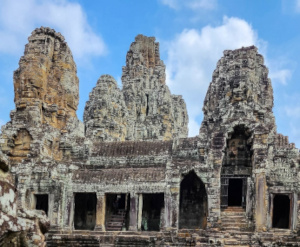Architectural masterpiece … largest religious monument in the world … 4 times size of Vatican City … built in 12th century (1110 – 1150) … by Khmer King Suryavarman II … almost 900 years ago …
It is truly the heart and soul of Cambodia !
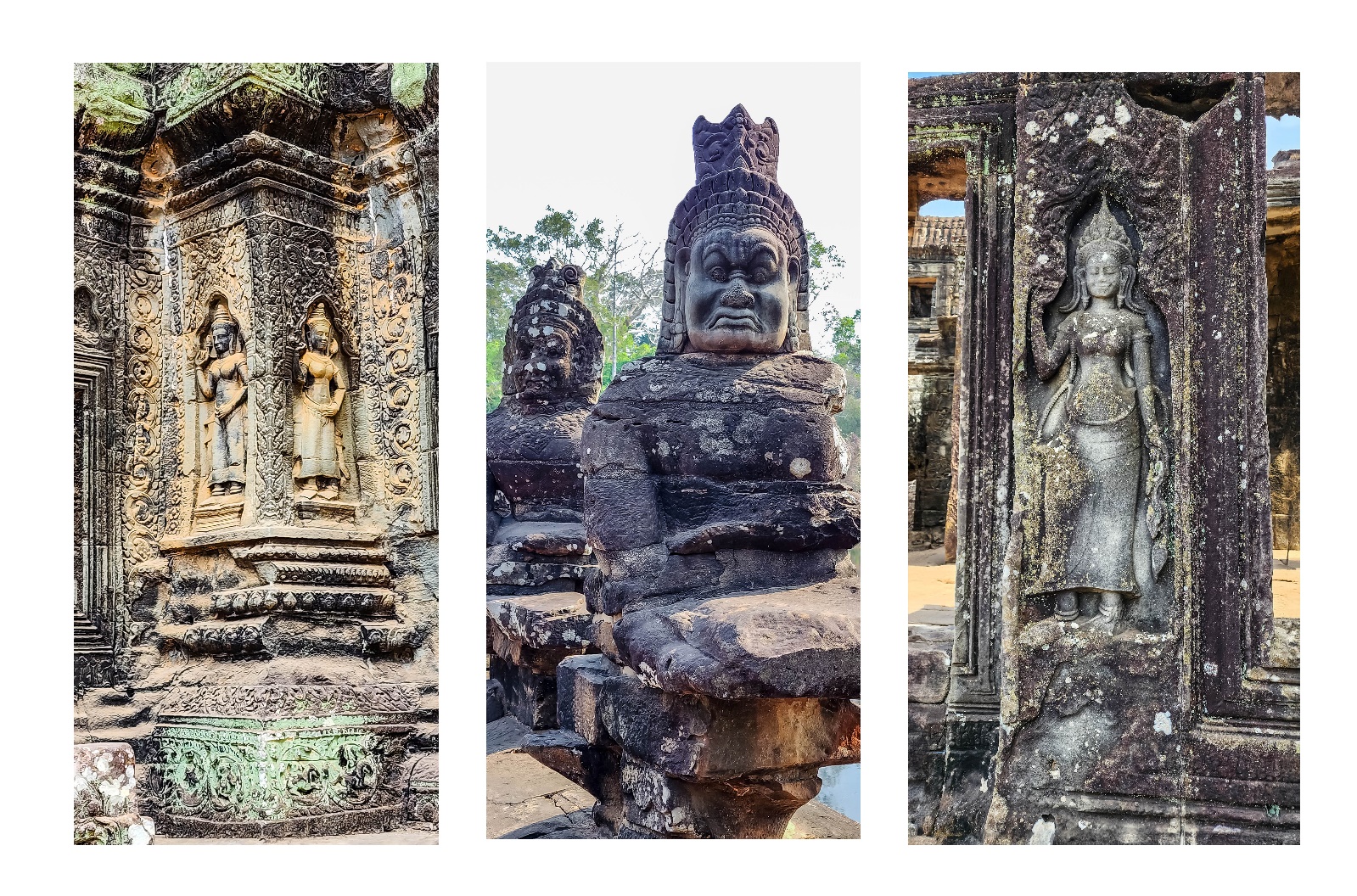
Architectural significance
Its architecture and layout indicated high level of social order, ranking in Khmer Empire … of unique cultural, religious , symbolic values and significance.
Believed to be built as a Hindu temple dedicated to God, Vishnu; it was converted over time to Buddhist temple, as result of religious beliefs at the time.
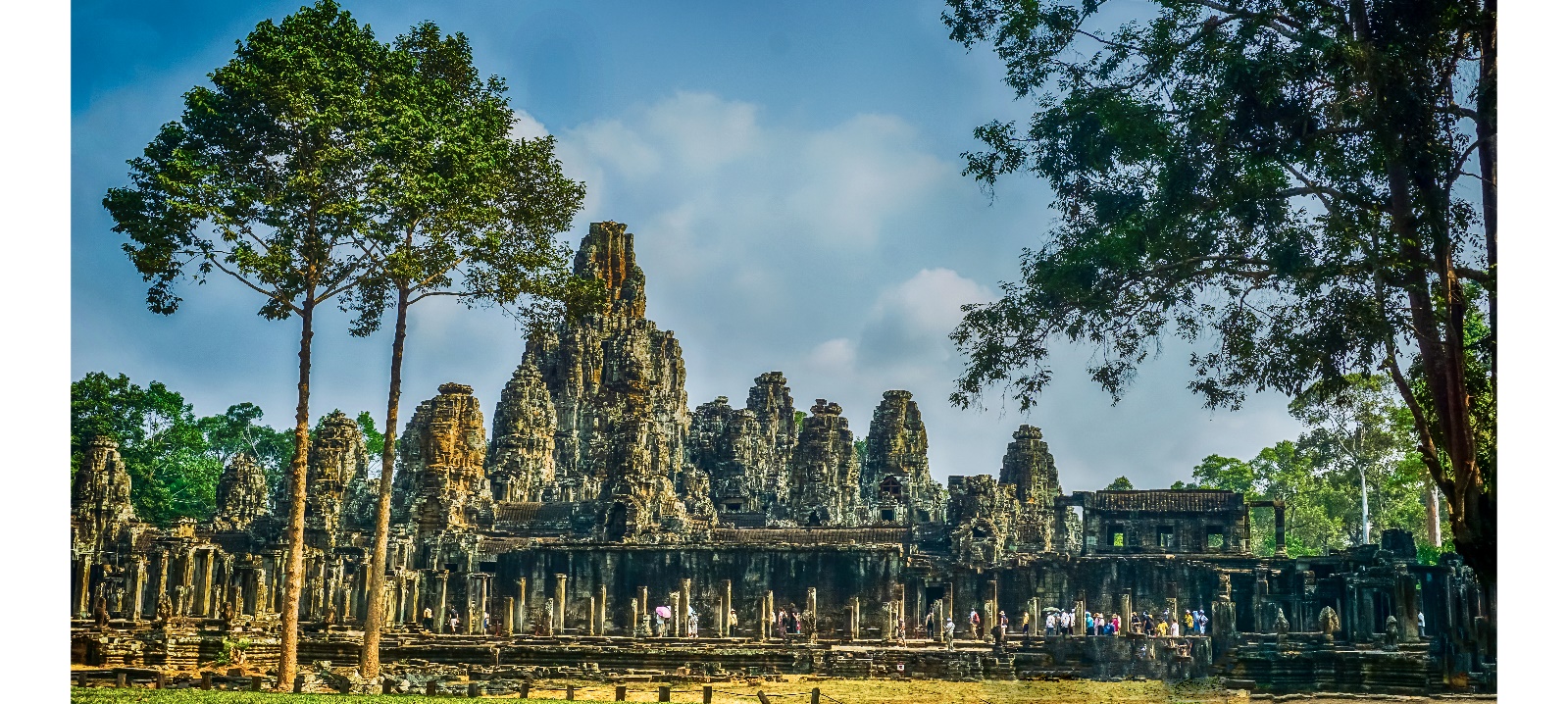
Size of complex
Located on 162.6 hectares (1,626,000 sq. metres, 402 acres); designed to represent Mount Meru, home of devas in Hindu mythology; surrounded by an over 5-kilometre moat (3.1 miles), enclosed within 3.6 kilometre (2.2 mile) outer wall of stepped galleries.
Truly amazing temple complex !
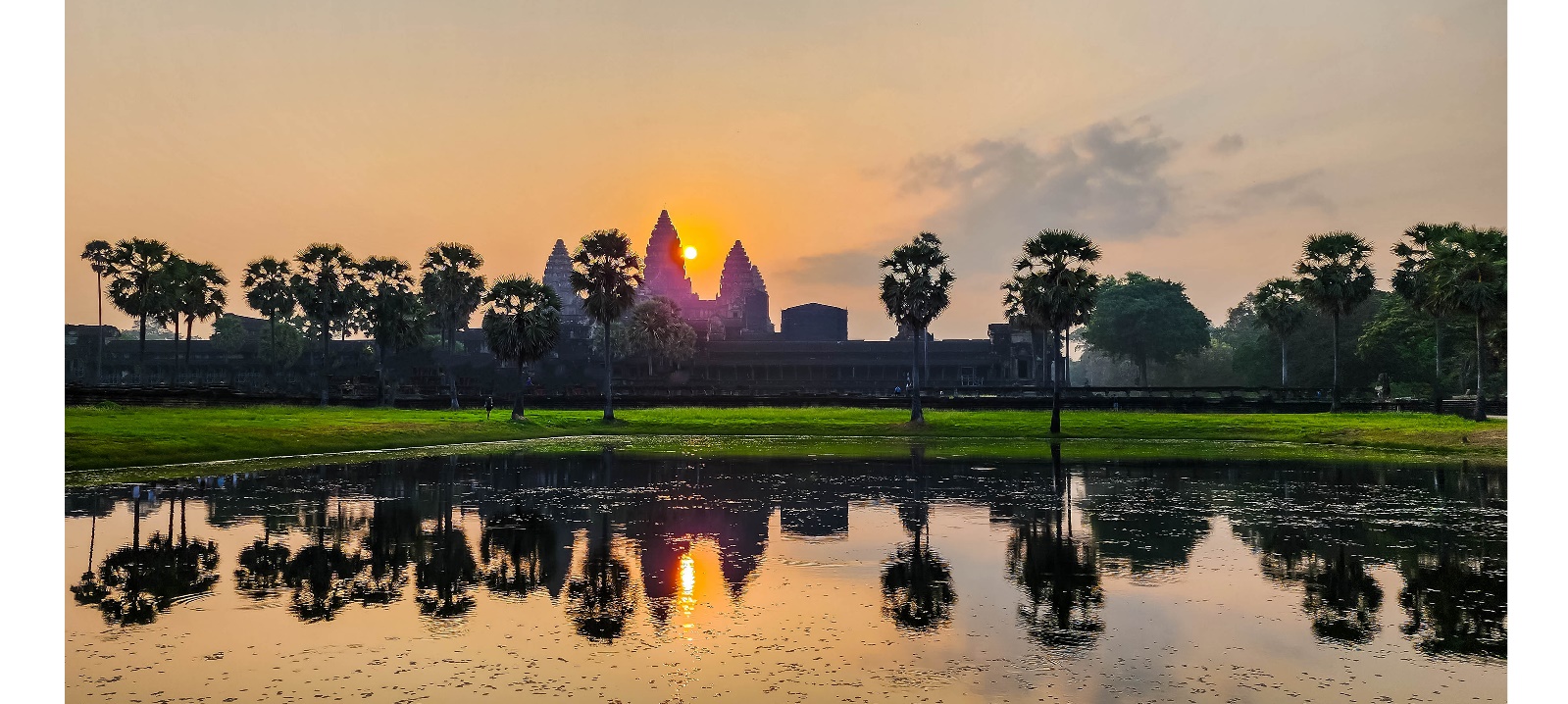
World heritage site
Listed as UNESCO World Heritage Site in 1992 – regarded as one of best examples of Khmer architecture; symbol of Cambodia and depicted in Cambodian national flag.
This temple complex has one of best bas relief of King Suryavarman II; and depictions of daily Khmer life.
Over time, Angkor Wat has seen several wars and political unrest – bullet holes significantly visible on its walls.
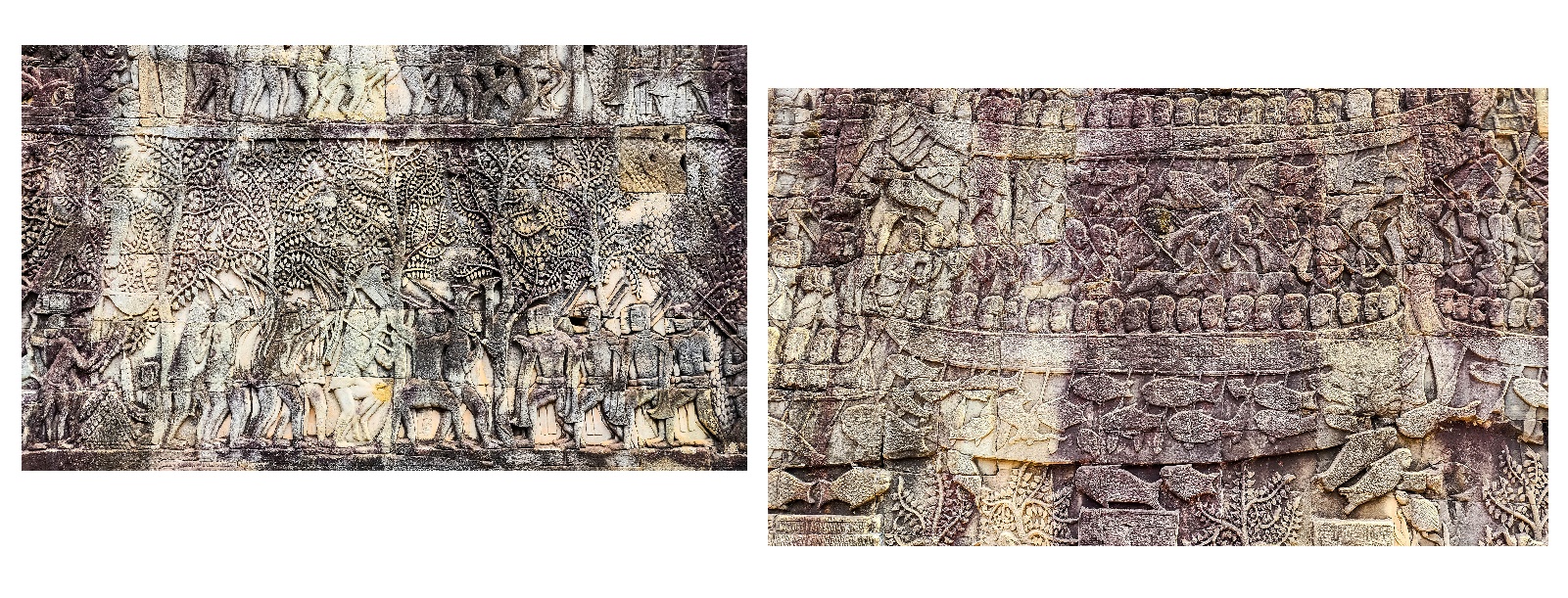
Angkor Wat restoration
Restoration in 20th century had to overcome plant overgrowth in dense jungle vegetation … where nature has taken back part of the complex – entwining plant to sandstone blocks …creating amazing series of structures in complete harmony with nature.
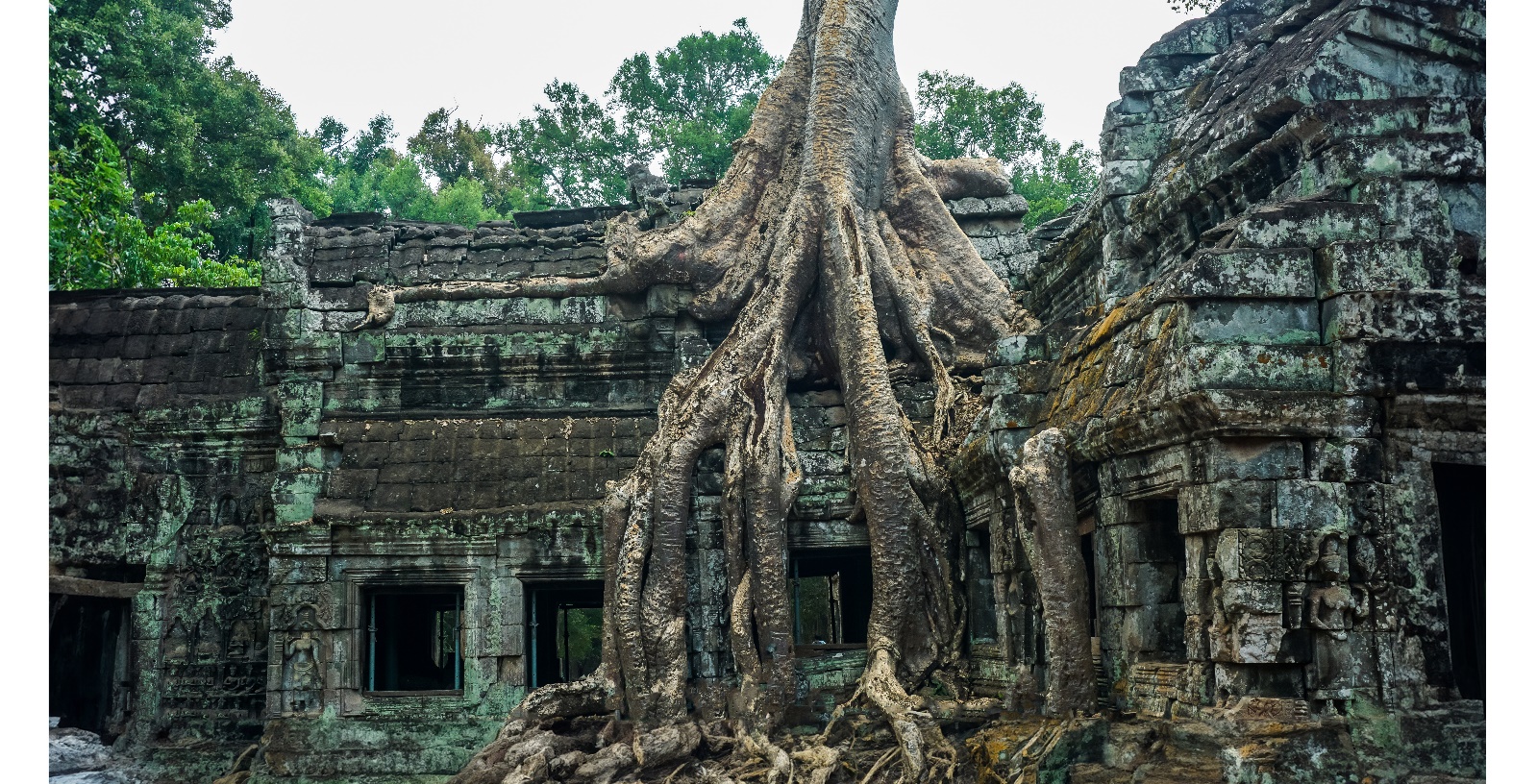
But it was the movie, Lara Croft, Tomb Raider that brought the temple into world fame. With much public interest created, Angkor Wat complex attract millions of visitors globally, providing much needed funds for Cambodian government to continue the restoration works.
Angkor Wat is decorated with depictions of ‘asparas’ (beautiful, youthful and elegant female spirits) and ‘devatas’ (depictions of gods) throughout – ranging from 30-40cm (12-16 inch) to 95-110 cm (37-43 inch) size images.
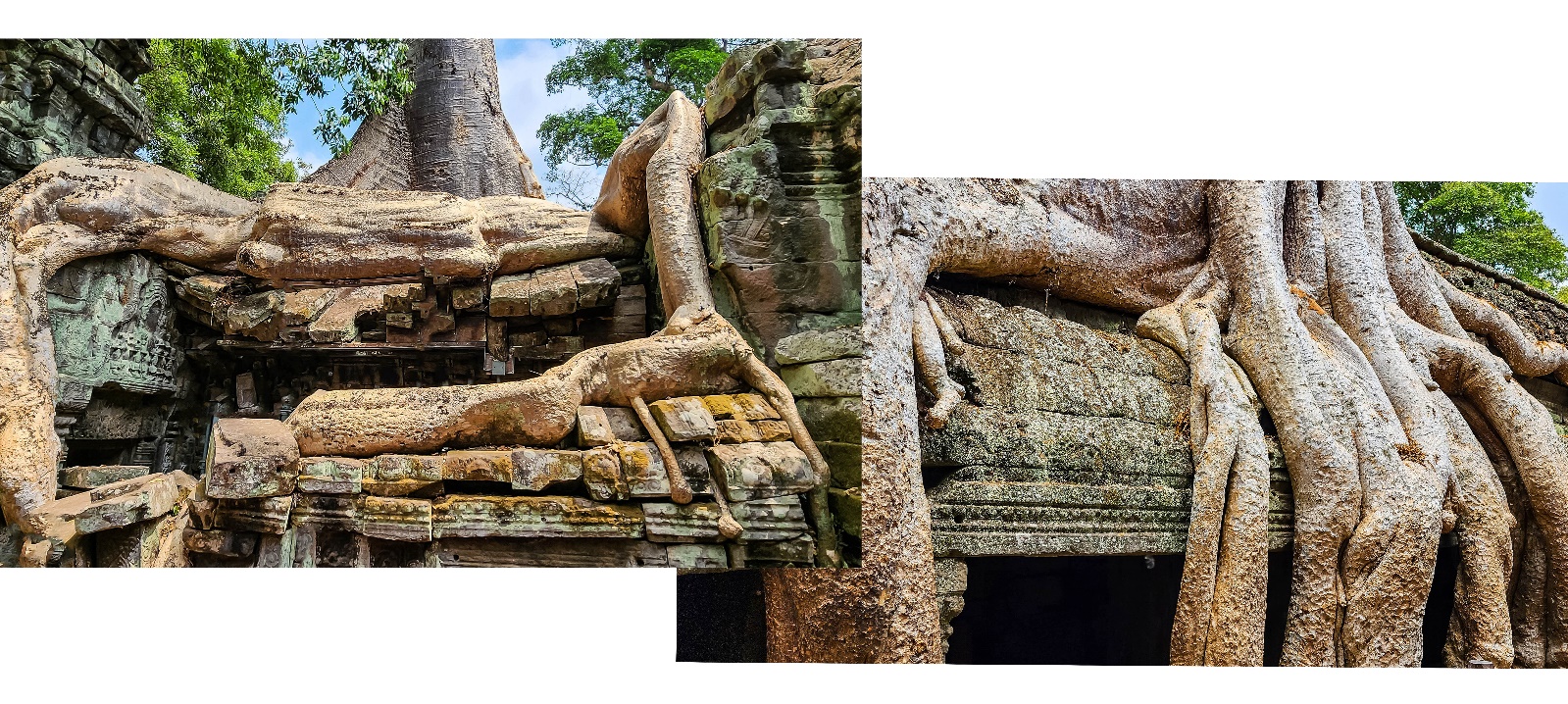
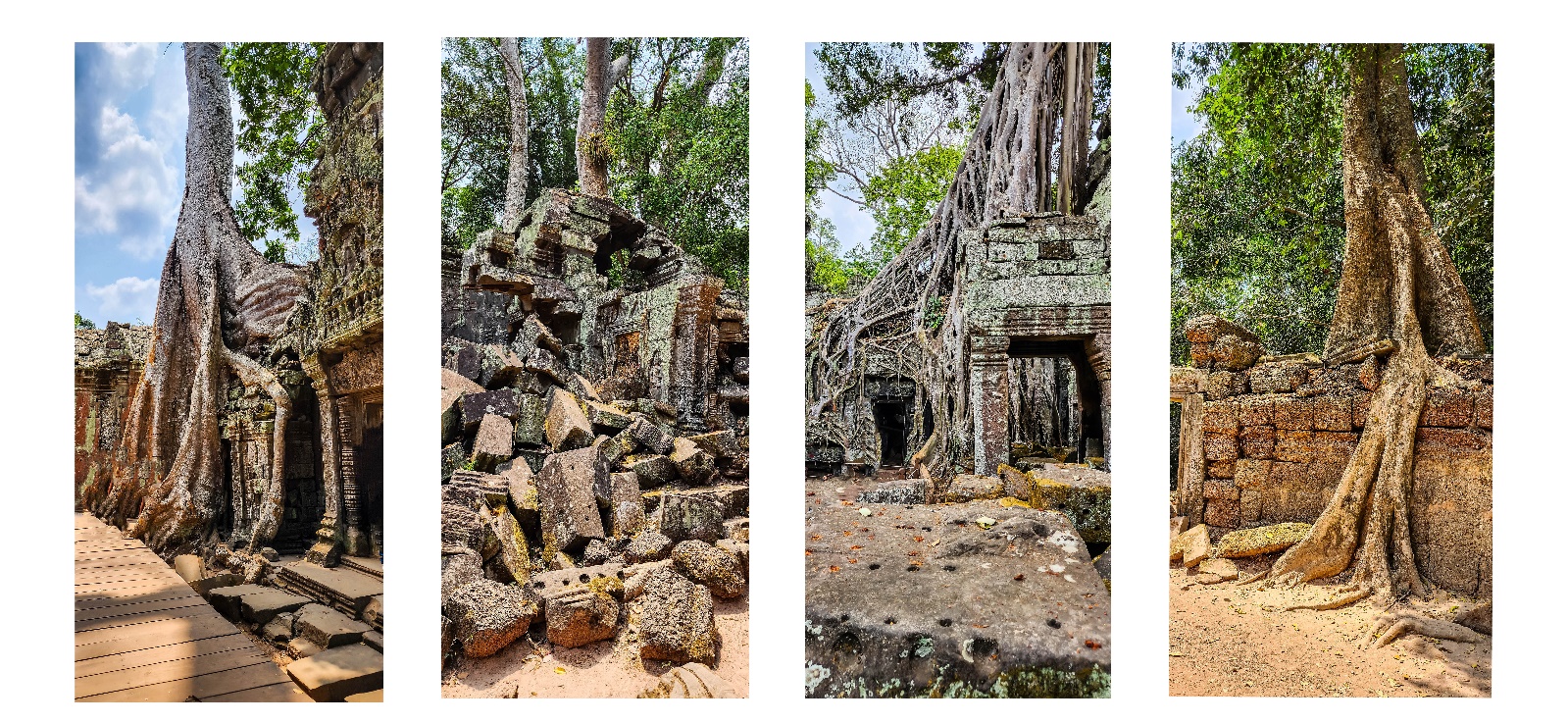
Mythology
According to 13th century Chinese traveller, Zhou Daguan, some believed temple was constructed in a single night by divine architect for legendary Khmer King Preah Ket Mealea. Others believed temple was located on famed Jetvana garden, (famous Buddhist monastery) of Buddha.
No matter what you believe, Angkor Wat is an intricate temple complex, still used today by monks for holy services on auspicious occasions.
How did Ankor fall?
Siege of Angkor – 7-month siege of already declining capitol, Angkor, by the Ayutthaya kingdom; besieged and sacked the capitol city because Khmer King, Ponhea Yat refused to recognise Ayutthaya authority.
Together with Southeast Asian drought of early 1400s caused temperamental rainfalls, drying up Angkor’s reservoirs and canals.
Angkor was subsequently abandoned.
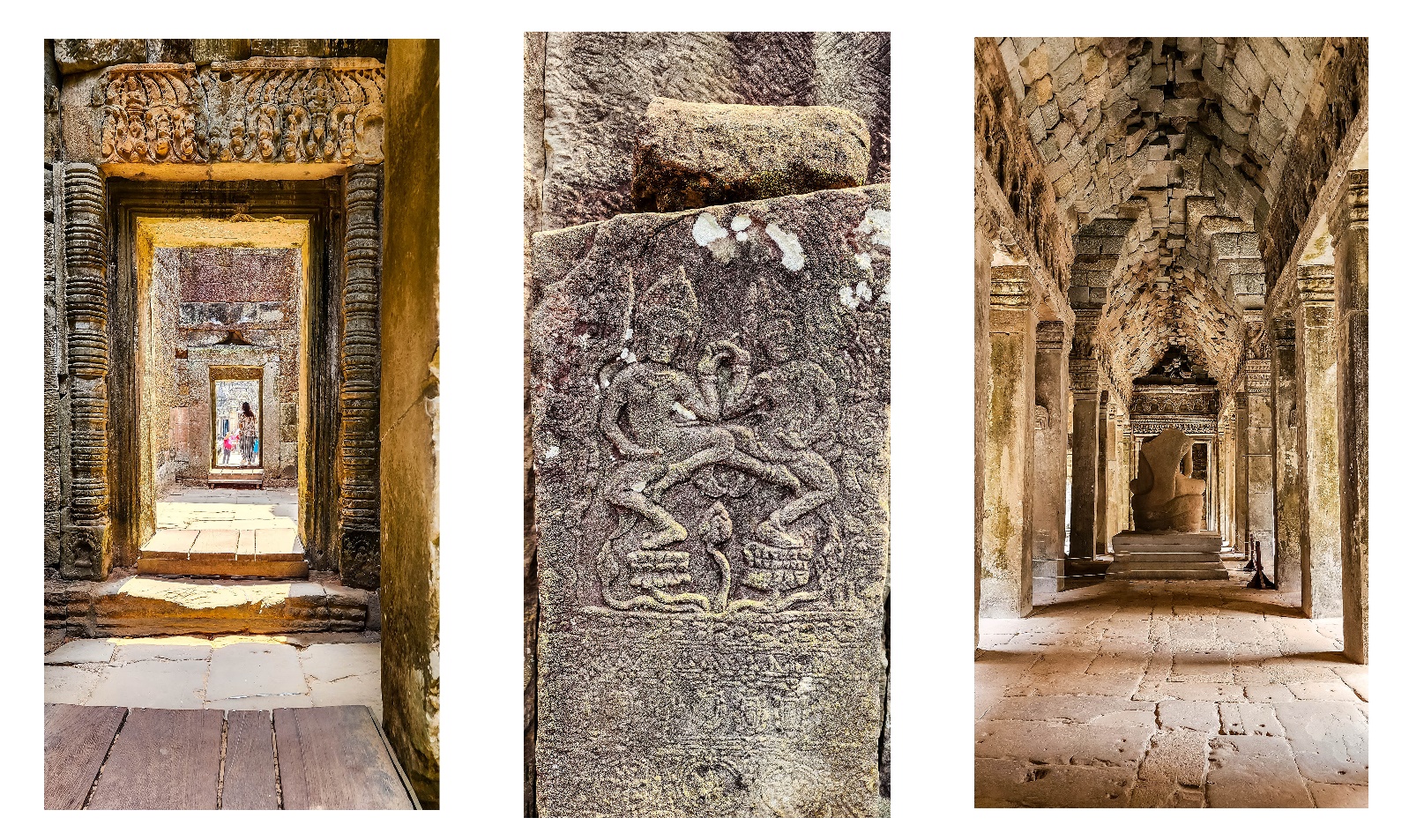
Conclusion
There is something peaceful and serene in places of worship – same here at Angkor Wat. As you watch sunrise over horizon … signifying dawn of a new day … reflections of this ancient temple throw reminders of what it once was – place of peaceful reflection; of comfort, harmony: joy of historical past, present and future of Cambodia !
